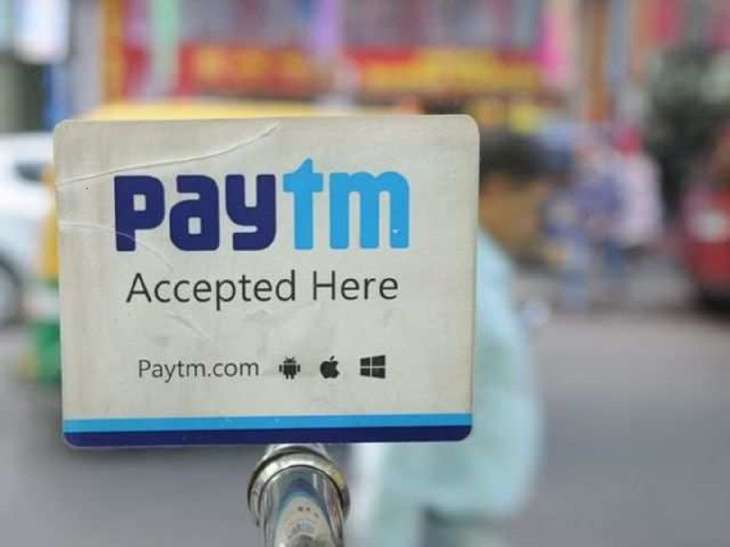Why Paytm’s strong Q3FY23 numbers bode well for other fintech players

Indian fintech Paytm has come a long way from a simple mobile charging platform to emerge as the pioneer in payments and financial services. The complex nature of its key businesses is driving the fintech giant towards profitability, which is reflected in its latest operating update for the quarter ending December 2022. This also paves the way for other fintech players in the industry.
BUDGET 2023: FULL COVERAGE
Paytm has created a two-way ecosystem where it offers payment services to consumers and merchants and then distributes loans. The company is still the market leader in offline payments with 5.8 million devices deployed. Growing at 32% YoY, user engagement on Paytm Super App also continues to grow with average monthly transaction users (MTU) at 85 million for the quarter ended December 2022. Paytm’s merchant payment volume (GMV) for the quarter ended December 2022 rose. to ₹3.46 Lakh Cr ($42 Billion), a growth of 38% YoY.
Commenting on the operating results, Kunal Shah of ICICI Securities said, “GMV grew 7%/9% MoM/QoQ in Dec’22 to ₹1.2tn/₹3.5tn. FY23YTD GMV was at ₹9.6tn. Management’s focus in recent quarters continued to be on payment volumes that generate profitability either through net payment margin or from direct upsell potential. We are building an estimate of ₹13.6tn GMV in FY23E.”
ALSO READ: Alibaba sells almost half of its direct stake in Paytm at Rs 535.9 per share
Increasing growth is also seen in Paytm’s credit business, where it distributes loans in collaboration with top financial institutions. Loan disbursements in December alone increased by 330% year on year with disbursements of loans worth NOK 3,665. Total disbursements for three months ended December 2022 increased 357% YoY to ₹9,958 cr. The number of loans grew 117% year-over-year to 3.7 million for the month of December, and 137 percent year-over-year to 10.5 million cumulative loans for the three months ending December 2022.
“With increasing GMV and lending business along with some increase in trade and business, we estimate 11% QoQ operating income growth in Q3FY23E. This along with focus on improving operating profitability, we expect some direct expenses to decline sequentially and employees
costs (excluding ESOPs) should be more or less flat, which should improve its adjusted EBITDA (EBITDA before ESOPs),” Shah added.
Research from BofA in a recent note estimated that Paytm will have a better-than-expected adj EBITDA loss in the third quarter of the fiscal year, and it will have revenue growth of 1% QoQ against 14% in July-September 2022.
“Based on this, we actually expect Paytm’s adjusted EBITDA loss to narrow to ₹1bn (from ₹1.6bn in the second quarter of the fiscal year). This will lead to an adjusted EBITDA margin of (-)6% compared to ( -)9% in the July-Sept quarter, bringing Paytm a step closer to profitability,” analysts at BofA added.
ALSO READ: Paytm helped users avoid around 1.6 billion trips to ATMs, NCR becomes digital payments capital
Vijay Shekhar Sharma, MD and CEO of Paytm has insisted that Paytm is on track to achieve EBITDA profitability by the quarter ending September 2023 despite continued investments in sales, technology and marketing. In Q2FY23, the company reported a sustained revenue growth of ₹1,914 cr and a sharp improvement in EBITDA before ESOP costs of ₹108 crore QoQ. The company’s net loss decreased 11% on a quarterly basis.
Latest business news


